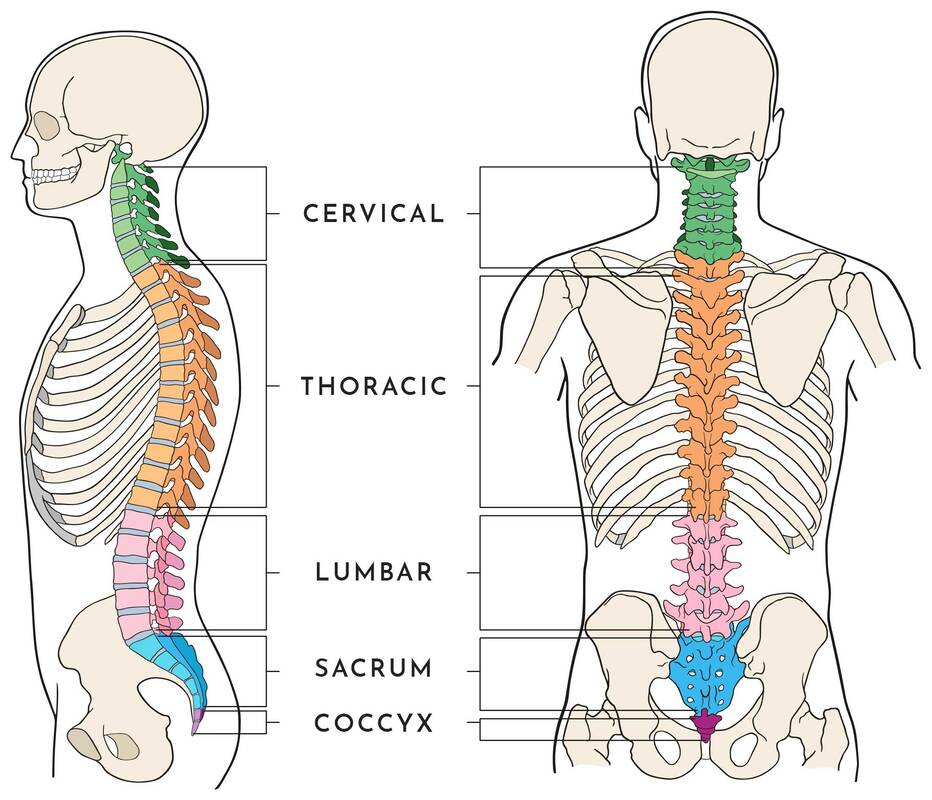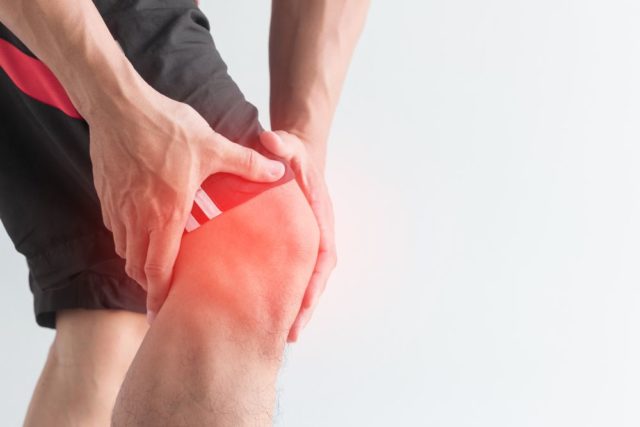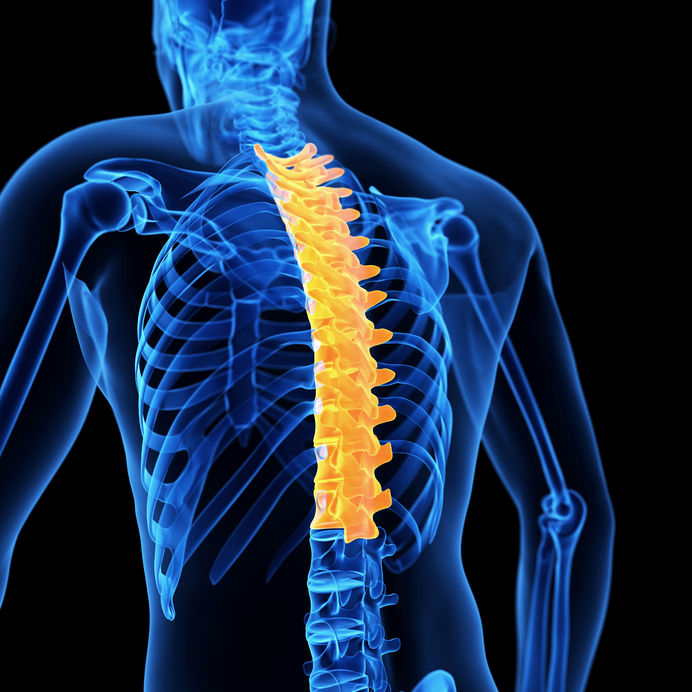 If you have knee pain, don't know what to do about it, are sick of living in pain and discomfort and can't do some of the activities you would like to do, this blog is for you. Knee pain is a very common cause of complaint here at the clinic, whether you have pain related to wear and tear from normal changes seen from aging or you have had an accident and caused an injury, knee pain can be a painful and annoying problem to have. Unfortunately knee pain comes in many different ways, different movements make the pain worse for different people, there are different ways to help knee pain depending on the person and there are different outcomes for many different people therefore, exercises to reduce your pain and let you do what you want to do can vary. Below I will talk you through some muscles important in anyone's knee pain and how to build a strong robust knee. Muscles important in knee pain and function. The knee is made up of 3 bones:
The 2 long bones, femur and the tibia are covered in a layer of cartilage, this cartilage absorbs the impact from daily activities and protects the knee. Essentially, the knee is held together by tissues called ligaments, tendons and muscles which protect and support the knee. There are 2 main muscle groups that are important in knee function and other muscles that also help significantly with knee function. The 2 main muscle groups include: Quadriceps - these muscles are located above the knee on the front of your leg and their primary role is to straighten your knee. Hamstrings - these muscles are located above the knee on the back of your leg and their primary role is to bend the knee. The other muscles that help with knee function are:
Although these muscles don't all impact the knee joint directly they all work together to move the knee joint and provide stability to the joint. We like to refer to the muscles of the lower limbs as scaffolding for the knee. By building a strong scaffold for the knee, we can improve the strength of the knee and provide stability and protection. By building a stronger scaffold we can improve the health of the knee, improve the function of the knee and get you back to doing the activities you want with less knee pain. How do we build the Scaffold for the knee? Again, there are no exercises that are suitable for everyone that comes in with knee pain as everyone's pain is different. However below are some common exercises that are given here in the clinic that help with knee pain, help strengthen the scaffolding around your knee and build a resilient and robust joint. Easy beginning exercises: Knee Extension Step 1: Sit in a chair high enough so the back of your knees are touching the chair Step 2: Keep the back of your knee on the chair, straighten your leg, tightening the front of your thigh. Step 3: Lower your leg slowing back to the beginning. Step 4: Repeat on both legs Calf Raises Step 1: Stand next to something for balance Step 2: Raising onto your toes as high as you can. Step 3: Lower your heels back to the ground Hamstring Curls Step 1: Sit in a chair high enough so the back of your knees are touching the chair. Step 2: Tie a resistance band around a pole in a loop and put one leg in. Step 3: Keep the back of your knee on the chair, bringing your heel towards the chair, tightening the back of your thigh. Step 3: Slowly bringing your back to the beginning. Step 4: Repeat on both legs More advanced exercises: Step Ups Step 1: Standing behind a step Step 2: Step up, one leg at a time, bringing both legs on top of the step Step 3: Slowly step back down with the leg you stepped up with first. Step 4: Repeat on the other leg Chair Squats Step 1: Stand with a chair behind you.
Step 2: Slowly lower your body as if you were squatting or sitting on the chair. Step 3: Rise from the chair prior to you sitting down. To begin these exercises, start by performing 3 sets x 8 repetitions. Gradually increase until you feel like you are working harder enough with only a small amount of knee pain. When you reach 3x15 it is time to increase the load by adding weight or resistance. Some people's goal around knee pain is to get out of pain, some people’s goal is to do activities such as walking or climbing stairs better again and for some people, their goal is to return to sport. Whatever you want to achieve, building those muscles surrounding the knee, is going to be an important factor in your road to better knee health. If anything that has been outlined above doesn't make sense to you or you feel you need a bit more extra attention, come in to see one of our exercise physiologists. Happy exercising!! Izaac Boylan Accredited Exercise Physiologist
2 Comments
 What is the thoracic spine? The spine is made of 5 different sections being the cervical, thoracic, lumbar, sacrum and coccyx. The thoracic spine starts at the bottom of the neck and ends at the abdomen and is the longest section of the entire spine. The thoracic spine consists of 12 vertebrae stacked on top of each, called T1 down to T12. These vertebrae support the neck, rib cage, connecting joints and soft tissues along with blood vessels and nerves. What is the Thoracic spine’s role in the body? The thoracic spine is crucial in supporting and stabilising the rib cage which protects all of our vital organs underneath, including our lungs and heart. It also protects the spinal cord which sends all messages and signals throughout the entire body. The spinal cord travels from the brain, down through the vertebrae before it branches off into smaller bundles in the lumbar portion of the spine. What kind of movement does it produce? The thoracic spine is not as mobile as the neck and lumbar spine and it is quite limited in forward and backward movements at the top vertebrae. Although the thoracic spine can produce more rotational movement within the top few vertebrae to help twist our chest and shoulders. Common causes of thoracic spine pain? There can be many possible causes for upper back/ thoracic pain but some of the most common include;
Common treatments Initially an increased range of movement through the thoracic spine is important to ensure that the spine can move freely without restriction. This may be done by lengthening out the muscles through the front of your chest and shoulders to enable a more upright posture to return. Increasing strength through the thoracic, lumbar and cervical spine will also assist in developing endurance to maintain an upright posture, preventing pain from returning in the future. Each case is assessed and treated individually to determine the best approach for each client. Aleisha Michael Accredited Exercise Physiologist. Sleep: Why a good night's sleep can help your pain levels, and top tips to improve your sleep10/5/2021
Not only does sleep affect your pain sensitivity, it will stop you from performing at your full potential!
On the other side of the coin, if poor sleep amount and quality negatively impacts your pain experience, then improving both sleep quality and amount can help improve your pain! How much sleep is enough sleep? Everyone knows how much sleep we should be getting per night, for most it is usually 7-9 hours a night appears to be the best amount of sleep. For some people however, as little as 6 hours or as much as 10 hours is the best amount of sleep for them. Have you ever felt drowsy during the day when doing an exciting activity? Have you ever fallen asleep very quickly once you lay down? Have you ever had microsleeps (tiny sleeps when you are otherwise awake)? If this is the case, there is a good chance you are not getting the amount of sleep you need or your sleep is of poor quality. So in order to find out how much sleep you need, you will need to track your hours of sleep and track how you feel during the day, this helps determine what your best amount of sleep is. New technologies, like wrist based fitness watches are very helpful for this as they can track the amount of sleep you have and the quality of sleep you have. Here are some helpful tips below to help you improve your sleep so you can improve how you function during the day. Tips for improving sleep quality
Sweet dreams! Izaac Boylan Accredited Exercise Physiologist |
AuthorSLisa Parkinson Archives
July 2024
Categories
All
|




 RSS Feed
RSS Feed